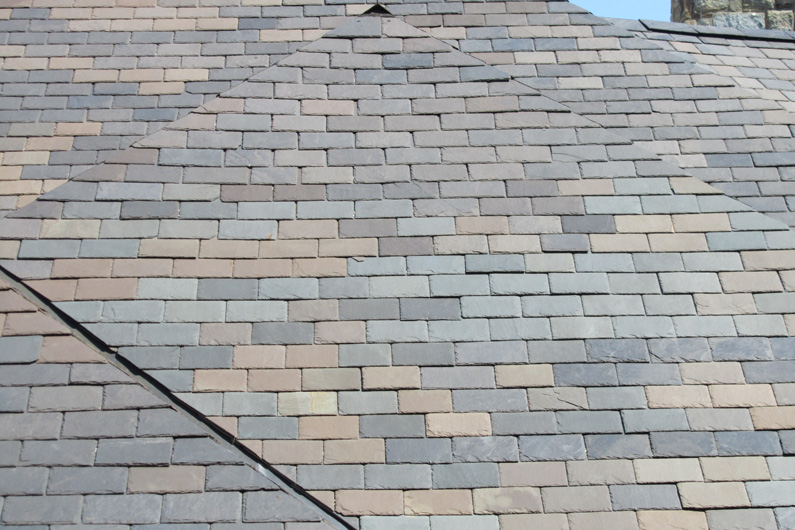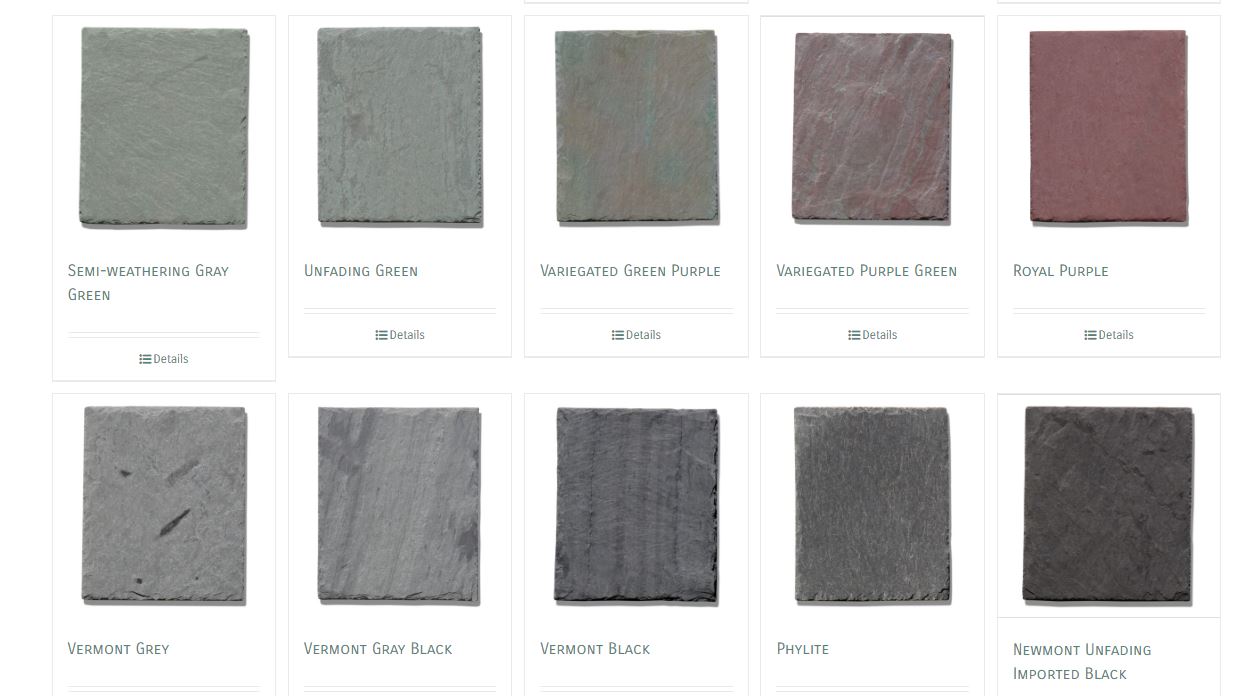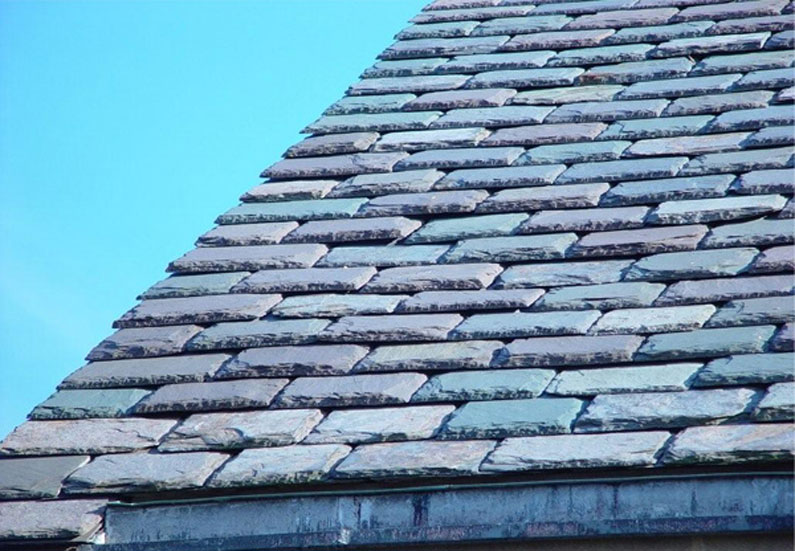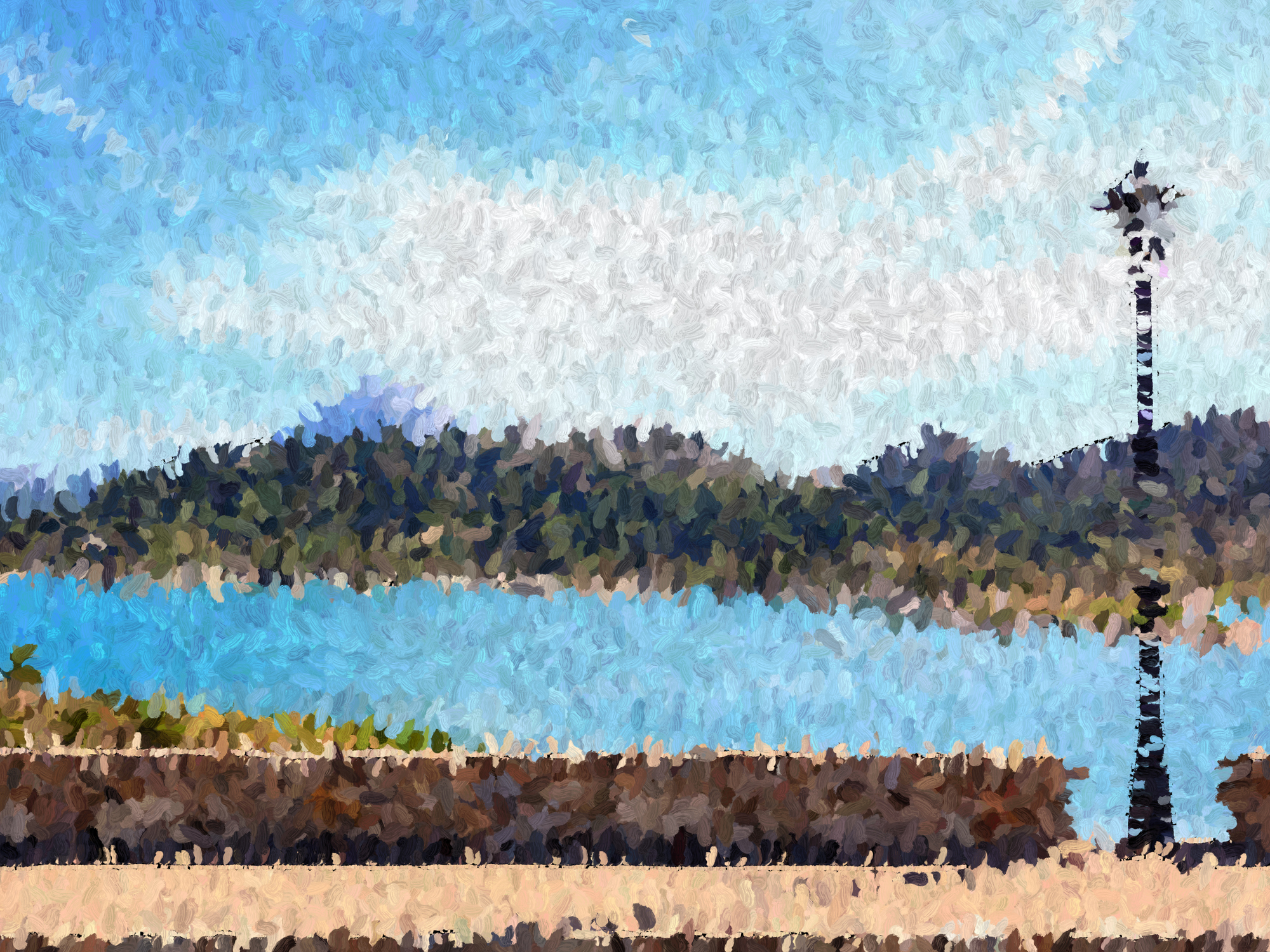Historic Vermont Slate Roofing – A Colorful Search for Answers
Jon Hill of Greenstone Slate gives practical thoughts on matching newly quarried slate for historic repair.
Historic Vermont Slate Roofing: A Colorful Search for Answers
Considerations when matching a historic roof with newly quarried slate are the original color, the original size, and cost.
The first step is to identify the original color and the original quarry from which the historic slate was extracted. Large public buildings often retain this information within the building’s own archives, found in the design plans. A quick call to the listed supplier will end the quest.
Assuming the worst that all paperwork has been lost, start scouring the attic, or basement for physical samples. Quite often investigations yield actual samples of the originally installed slates. These physical samples are the best source for determining the original color and format used on the historic roof. Slates stored in attics or basements are usually free of dirt, organic growth and pollution. This helps determine the base color, but it does not determine exactly what type of slate it was.

Was the slate weathering or non-weathering?
The chemical makeup of slates determines to what extent the slate will oxidize when exposed to the elements. Scientific analysis can solve this question. Placing the slate under a microscope and exposing it to an acid solution can determine its color and chemical composition. However, this is an expensive and time consuming process. No one has ever said “I am willing to perform a series of invasive tests to simply determine the color of my roof.” More likely they say “What the hell color is this slate and how fast can you repair the damage?”
The simplest method to determine whether the slate weathers or not, is by comparing the original exposed slate against the protected attic stock. This physical comparison will make the identification of the original color easier.
Here is a quick synopsis of the rudimentary colors traditionally used on historic American buildings. If the base color is purple, gray or green and the exposed slate contains buffs and tans on its surface, it is more likely a weathering slate from Vermont. If it has remained its original color than it is possibly a non-weathering slate also from Vermont. If the slate has a dark body with an ashen gray occurring on its exposed area, it is more than likely from Pennsylvania quarry.
The faster answer is often obtained by mailing a sample to a Vermont quarry, emailing them some roof photos and simply asking them, “What is it? This approach is surprisingly easier than splitting the atom then analyzing it yourself.

Vermont Slate: They are real and they are spectacular
Unfortunately, nothing is easy when it comes to identifying color. Color terms vary from slate region to slate region, it is even more diverse from quarry to quarry. Stop and think of slate color names in terms of being a giant box of crayons. That box has as many crayons as Vermont slates have marketing names and the quarries have their own Magic Mint, Midnight Blue and Burnt Sierras as well. Now think of the basic box of Crayons that your kids entertain themselves with at Applebee’s. Five or maybe six crayons are the actual colors of Vermont slate.
Newly quarried Vermont slate naturally occurs in blacks, greens, grays, and purples. In non-weathering slates, the color is consistently stable. By definition it can be a monochromatic tone when compared to weathering slates. However, it does not mean that every individual slate will be exactly the same color, after all it is still a natural product.
More interesting are the Vermont weathering slates. Buffs, browns, tans, honeys and the rest of the crayon box can be expected to become evident in time. They are subject to the natural oxidation process that makes each slate unique. Depending upon the local climate, the process may require a couple of years of exposure before the true colors are fully expressed. As the result of the oxidation, Vermont slate is undeniably real.

Size Does Matter
The second component to address is the slate format (size and thickness) that was used on the original historic roof. Countless distinct appearances can be created with a subtle change in format. For example, a current project is trying to match a historic roof originally employing 14” x random width x 1/2”. The contractor picked a similar monochromatic color slate but tweaked the format. They purchased a slate format of 18” x random width x ¼”. This by itself is fine. But it is not the best match for the project. The difference in the exposure and number of pieces to install will certainly make the 18” slate roof appear less textured than the original 14” slate that was to be replicated. When a different format is chosen, it will not be of the same visual similarity as the original, and the format will ultimately dictate the slate roofs final color appearance. There is reason why this visual discrepancy occurs.

Goldilocks’ masterpiece
Installing a slate roof can be compared to the art painting technique of Pointillism. Pointillism is a technique in which a series of small dots of color are applied to the canvas. The individual colored dots result in the creation of the overall images being depicted. In Pointillism, the size of the canvas has a direct bearing of the proportionate size of the dot to be used and still obtain the desired effect. The same is similar for Vermont slate.
The format of the slate that is chosen and the size of the roof being covered have a direct correlation. The thickness choice should be similar to the original. However, in most cases the thickness of the slate being replicated on a historic project will not have as great a bearing on the visual discrepancy as the format size will.
When a large format is installed on a small roof, the roof often appears to be industrial. In this situation, the roof has too few slates to insure a good blend of color. Conversely, if the format is too small for the size of the canvas, the roof may become too busy and no longer mirror the original roof being matched. However, when size and thickness align together, and the color appearance is a perfect match to the original, the roof is finally “just right”.

Reality Bites/ Cash Flow Sucks
With so many slate roofs, the monetary requirements set the tone for the project. The exactness of the slate match is driven by affordability. I could elaborate on the constraints but for the purpose of this article:
Ignorance is bliss?
